
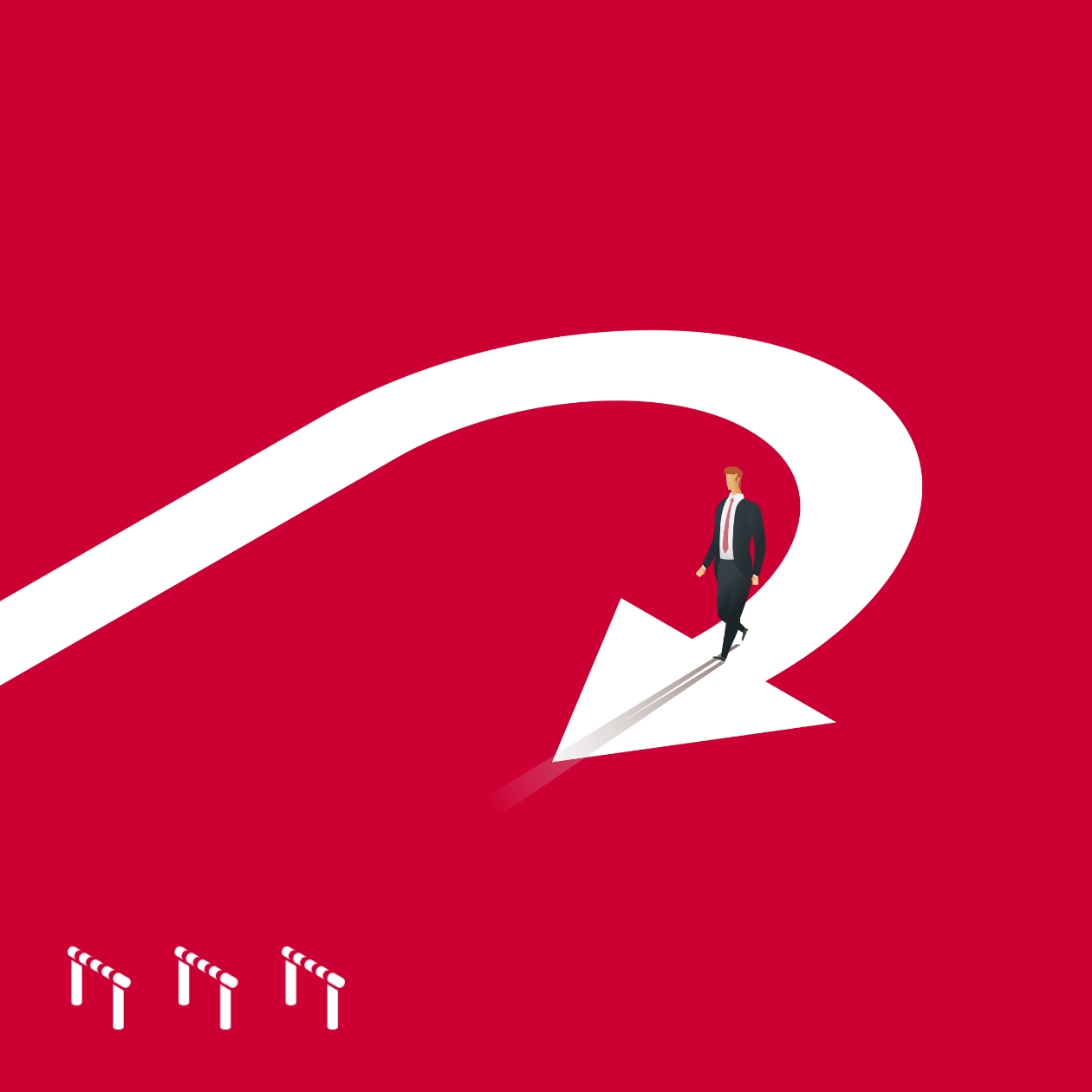
Thoughts on branding and finding the way back…
Ketchup effect or long-term build-up?
1st thought
We can learn a lot by looking at the last major crisis of 2008 and the behaviour of customers and consumers that followed. We saw a big shift in their needs, attitudes and values, and it is crucial for companies to understand these changes for when they face the market again.
Right now, the big question is: Will it be a crisis with a capital C, where the dramatic decline slowly turns into exponential growth, leading to a quick bounce-back? We unfortunately don't believe that to be the case. Looking at Maslow's hierarchy of needs, we see three major events that drag us all the way down to the bottom of the pyramid.
- Visible signs of climate change that will become a real threat to our existence unless we act.
- The global COVID-19 crisis, which came out of nowhere and put our lives in danger.
- A secondary economic meltdown due to the worldwide shutdown of societies.
These three major events completely change our mindset. A few months ago we were at the top of the hierarchy of needs. Everyone was focused on self-actualization, and things couldn't get sophisticated enough;today we're all the way at the bottom of the hierarchy. We are scared, insecure and suspicious, so to compensate, we seek out safety, stability and security. We turn to our nearest and dearest – our home and our family. In cases such as these, even helicopter money aimed at stimulating the economy would be useless,because most of it would end up in the bank.
We experienced the same in the period that followed after 2008 in our work with corporate brands, when values and consumers had changed significantly. Three years later in 2011, we carried out an extensiveanalysis which clearly indicated that the needs and values of consumers and customers were still on the lower levels of the hierarchy.
So it will take a long time for consumers and customers to recalibrate and get back to where they were at the beginning of the year. Major crises alter attitudes and values. As a company, this means that you might have toadjust – and perhaps redefine – your brand position in the market to reflect the new reality. Furthermore, you can expect the new mindset of consumers and customers to last for several years. During this time, everyone will be seeking security and safety, so it’s crucial that your corporate brand is both strong and transparent, so consumers can trust you and your communication. The time of pretend advertising has come to an end, for now.
W3c
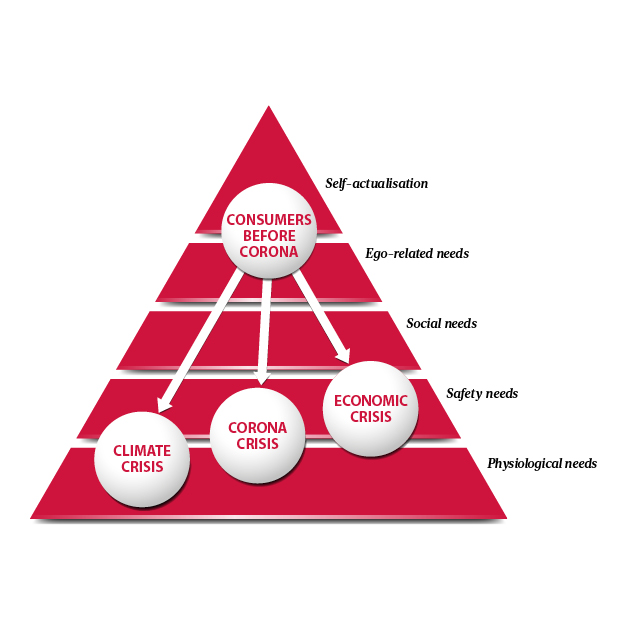
Typically, consumers move up in Maslow’s pyramid all the way to the top where all their self-actualizationneeds can be fulfilled. The COVID-19 crisis has, however, pushed the consumer down to the bottom of the pyramid, resulting in an altered set of values where physical and psychological safety have become a main priority for many.
W3c
Dare to believe
2nd thought
It’s easy to lose confidence in yourself during this difficult time. Nearly all companies are affected by the crisis, while consumers and customers don’t know what to trust anymore. It first started when we found out we couldn’t count on the climate to stay the same forever, followed by the COVID-19 crisis, which threatens our health and lives.
This crisis revealed that we can’t rely on the healthcare system to save us. Meanwhile, our governments were put to bed, leading to a significant financial crisis and more insecurity. As a leader, you experienceenormous psychological pressure. How bad will it get? What will change and who should we listen to? It can easily feel like you are surrounded by chaos.
It’s natural to lose your self-confidence in this situation, where everyone looks to you to steer the company out of crisis. But we are all in the same boat. No one has experienced this before and there’s no instruction manual.
When all that’s said and done, as a leader, you can start to believe again in the company's building blocks that helped develop the market position in the first place. You’ve built a company and a brand, and the only way out of a crisis is by reclaiming your core customers, your core products and your core position.
You have to get back to the safety of your home turf, because this is where consumers and customers are also looking towards in these times, after loosing their footing and their faith in society. Looking at Maslow's hierarchy of needs, consumers and customers have moved from the top of the pyramid, where self-realization is one of the most important drivers, to the bottom of the pyramid, where the more basic needs are, such as housing, food, security and a job.
Their values and needs will be different for a long time. Right here and now, they’re looking for financial and health security, and a secure base to believe in. This means that companies should provide security, transparency and credibility, so it’s important to establish a long-term direction for the company, even if it seems difficult in the short run. Any doubt will make the organization look uncertain and passive and will ultimately bring it to a standstill. Uncertainty then spreads to customers and consumers, and that’s bad, because right now they need brands they can trust.
Your belief in the company and direction must be aligned with both the internal organization and the external market. At Kunde & Co, we have developed a model in one of our earlier books about the importance of a strong corporate religion in the company. The corporate story should be redefined based on the core brand and the new consumer values. It’s the only way you can deliver what your customers want: something to believe in.
W3c
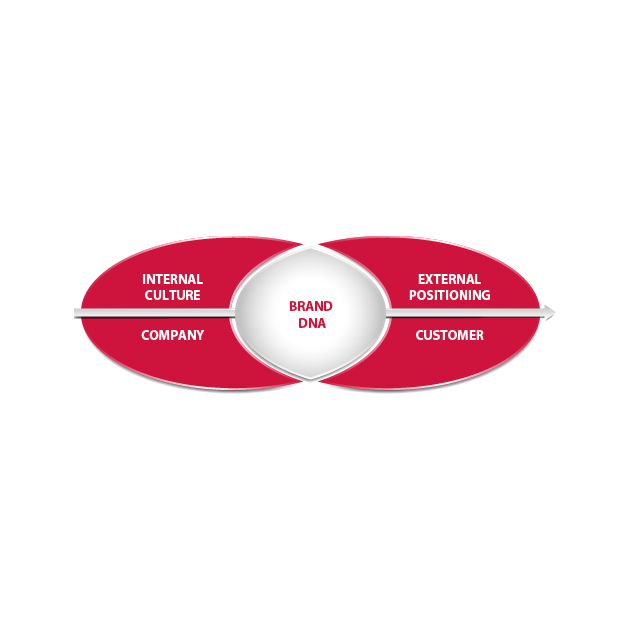
In times of crisis, we need to come together around things that create security and inspire faith in the future. It’s now more important than ever to connect to the core of your business and the brand's DNA. Finding a shared belief that unites the company internally, and externally with the market in a coherent way is key.
W3c
Our value system is falling apart
3rd thought
As people, we find ourselves in an ambivalent state with conflicting values. COVID-19 and the climate crisis have forced us to take on more responsibility for both ourselves and wider communities. Getting to understand this ambivalence is important when managing your brand in the new consumer reality.
First came the climate crisis, followed by the COVID-19 crisis, which threatened our health and existence, and caused governments around the world to declare a state of emergency. It forced the world into an economic crisis, leaving consumers in a mental state of emergency.
Up until recently, globalization was in full swing and the world had never been more open. Everyone was trying to take over the world and self-actualize at the very top of Maslow's hierarchy of needs. And then came the biggest global crisis since World War II. This led our value systems to fall apart.
After the crisis in 2008, we learned that consumers retreat to focus on the basics. They form a cocoon, and health, safety, the home – and the homeland – become the focal point. What is particularly interesting this time around is that we’re individually and collectively aware that we share the same planet and have a shared responsibility for it.
The climate crisis has shown us that global cooperation is necessary for finding solutions. As a small country, we are able to take the lead and launch new initiatives that can help us progress locally, but we can’t solve the challenges alone. We are dealing with a global problem that needs to be solved collectively, and the COVID-19 crisis has made this very clear. We can’t come up with solutions by going into hiding andclosing down borders. The global perspective is crucial, and we must take responsibility and engage ourselves not just locally, but globally.
The local-global perspective is important to keep in mind when building your brand in the new reality. It’seasy to become a typical brand by focusing either only on the local or the global perspective. Both views are necessary. There’s currently a tendency to levitate towards anything that is national, which is understandable, but it’s only a short-term solution. You also have to consider your brand in the long-term.When the world opens up again, the climate crisis will return to the center of attention, and it’ll quickly become clear that our interests and responsibilities are also global.
W3c
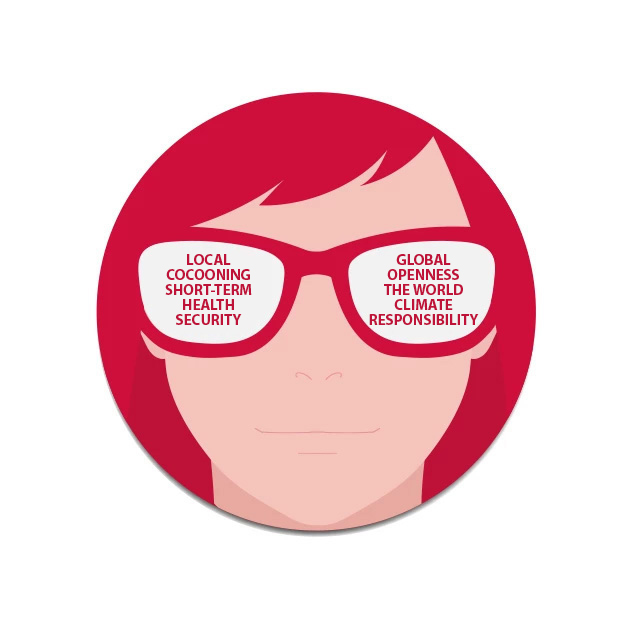
As a consequence of the COVID-19 crisis, we turn our attention towards the basics, towards familiarity and safety, while acknowledging the need for global cooperation and shared responsibility for the climate and health. This results in a new reality with a new, divided set of values that companies and brands should prepare themselves for.
W3c
Reclaim your core position
4th thought
There’s a lot of talk about how big, strong brands are good at navigating through crises. And historically speaking, they have been. But does that mean the best practice is only reserved for a small group of brands? Of course not; there is a way forward, but it requires reclaiming your core strengths.
In times of crisis, it’s crucial to reclaim your core business, and the strong market position that appealsexclusively to your company's most important target group, your core customers. They created the foundation for the company and the brand over time, they deliver the majority of the revenue, and they create the most value for your business.
To get through a crisis, you need to get a handle on the customers who are your livelihood. Who are they? What characterizes their buying behavior? What drives their brand preference?
It is crucial to get an overview and understanding so management can formulate a clear direction with clear objectives.
The same exercise should be done with the company's products. When times are good, companies expandmore and more in pursuit of growth. New products are launched and new markets are explored, while most of the communication is about the new ventures. But not all new initiatives have an impact on turnover. Typically, 20% of the products – the core products – account for 80% of the turnover, which is only accentuated in acrisis, when consumers and customers seek out safe and familiar products.
Finally, you should also take a critical look at the entire go-to-market system and focus on what you know works. This is not a time to experiment, but to consider a thorough restructuring. The crisis is changing thebuying behavior and challenging the physical sales system, perhaps permanently. With the rate of online shopping increasing, the need to optimize the digital customer journey is imperative. At the same time, you should be mindful of your budget and aim for the biggest impact to land on your most valuable customers when it comes to advertising and segmentation. B2B companies in particular are forced to rethink and transform their traditional sales machine into an effective marketing machine. In essence, marketing should be transformed into a commercial engine that drives the business.
W3c
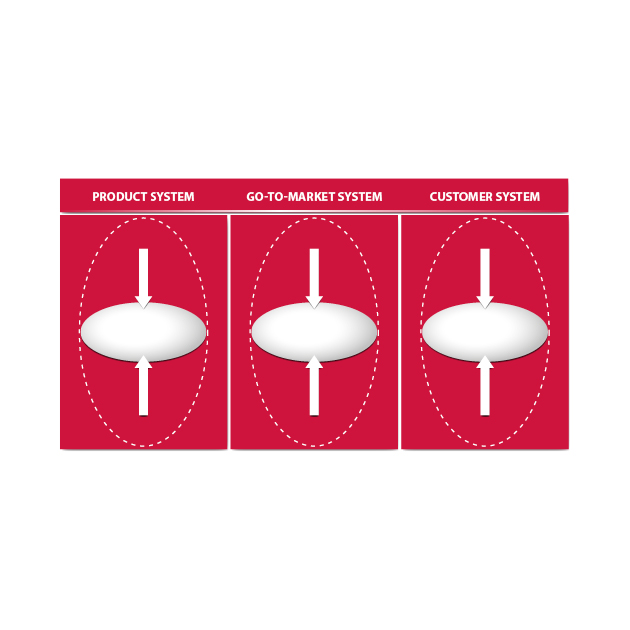
In times of crisis, you have to reclaim your core position and core customers and find out which products they buy into. The next step is to plan an effective go-to-market strategy so your products reach your customers in a powerful way.


